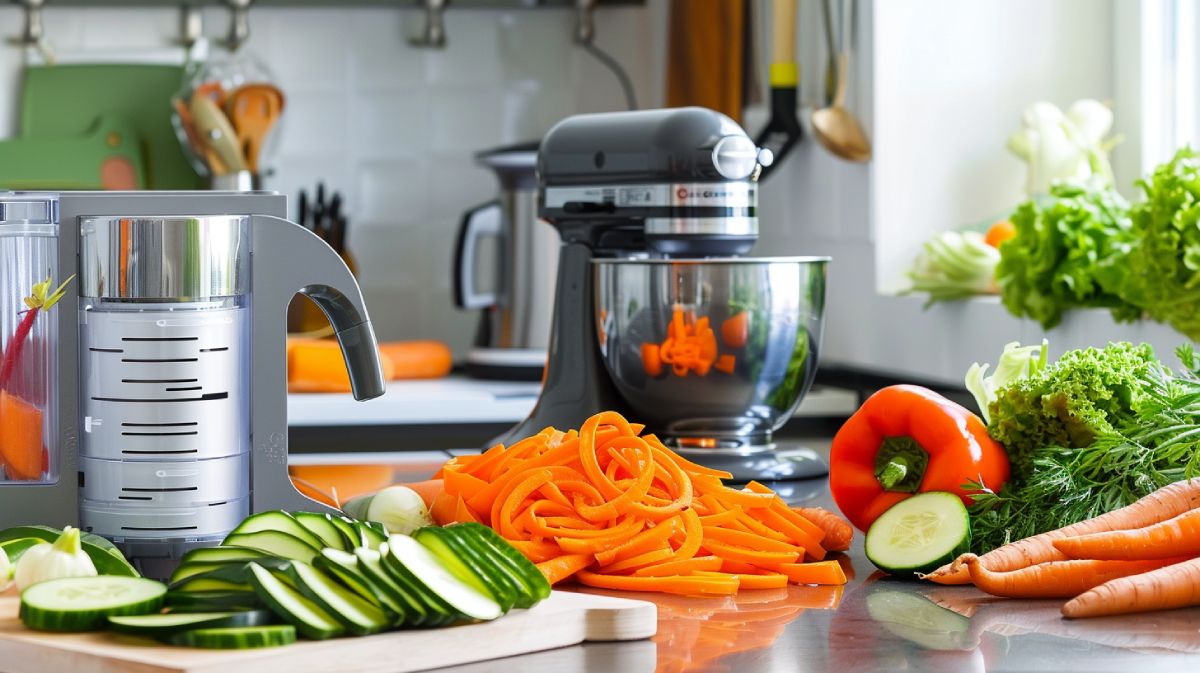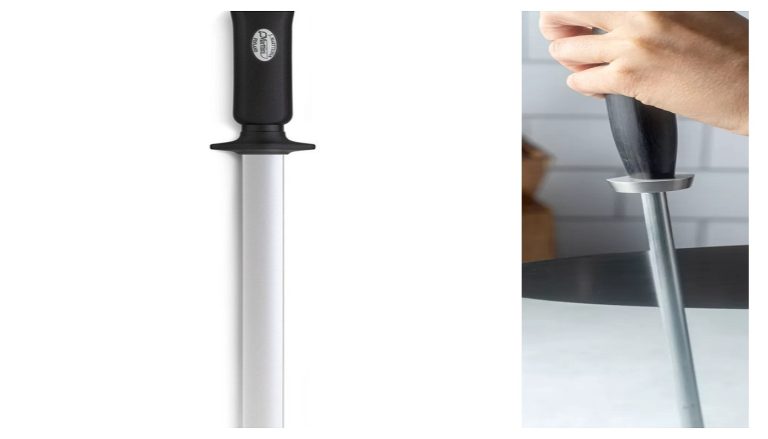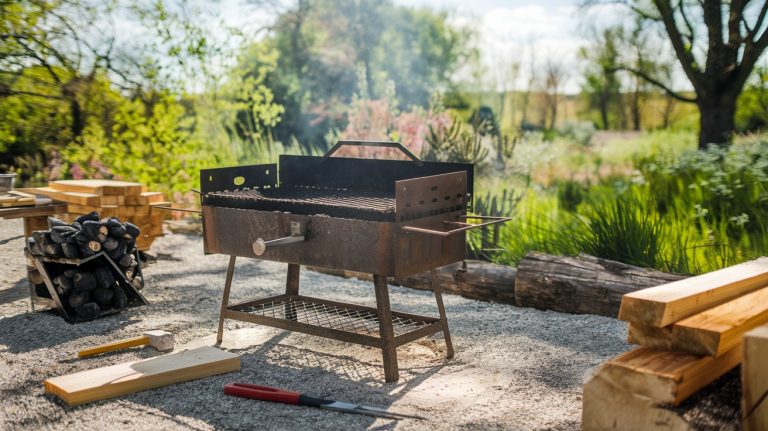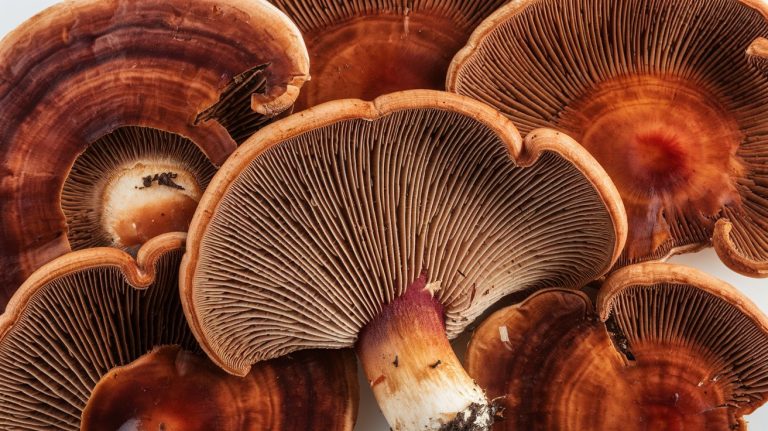Mandoline Slicer Vs Food Processor: Precision or Versatility?
When you’re tackling meal prep, the choice between a mandoline slicer and a food processor can greatly impact your cooking experience. A mandoline slicer excels at creating uniform, precise slices, making it perfect for salads and visually appealing dishes. However, it requires careful handling due to its sharp blades.
On the other hand, a food processor shines in its versatility, quickly chopping, dicing, and pureeing ingredients for larger batches. It saves time but may feel bulkier and requires more cleanup. Knowing when to use each tool can elevate your culinary game, and there’s much more to explore about their unique benefits.
Key Takeaways
- Mandoline slicers provide precise, uniform slicing, ideal for presentation-focused dishes, while food processors offer multi-functional capabilities like chopping and pureeing.
- Food processors are bulkier and require more storage space compared to compact mandoline slicers, which are easier to store.
- Safety is a concern for both tools; mandolines have sharp blades that require careful handling, while food processors need cautious handling of sharp components.
- Mandoline slicers excel in efficiency for small batches, while food processors save time on larger quantities and complex recipes.
Mandoline Slicers: A Quick Overview
A mandoline slicer is a versatile kitchen tool that helps you achieve perfectly uniform slices of fruits and vegetables with ease, making meal prep quicker and more efficient. This manual device is designed to deliver precise cuts, allowing you to create consistent thicknesses for your dishes. With its sharp, interchangeable blades, you can easily switch between different thicknesses—1mm, 2mm, or 3mm—tailoring your slices to meet various culinary needs.
Compact and easy to store, a mandoline slicer often features dishwasher-safe parts, making cleanup a breeze. However, safety is vital since the blades are incredibly sharp. To protect your fingers, it’s wise to use a professional hand guard while slicing.
Mandolines excel at slicing soft foods, like ripe tomatoes and cucumbers, making them perfect for preparing garnishes, salads, or layered dishes such as gratins. Their ability to create uniform slices not only enhances the visual appeal of your meals but also guarantees even cooking.
Whether you’re a seasoned chef or a home cook, a mandoline slicer is an essential addition to your kitchen toolkit.
Benefits of Food Processors
While mandoline slicers excel at creating uniform slices, food processors take efficiency to the next level by offering a range of functions that simplify meal prep and save you time in the kitchen.
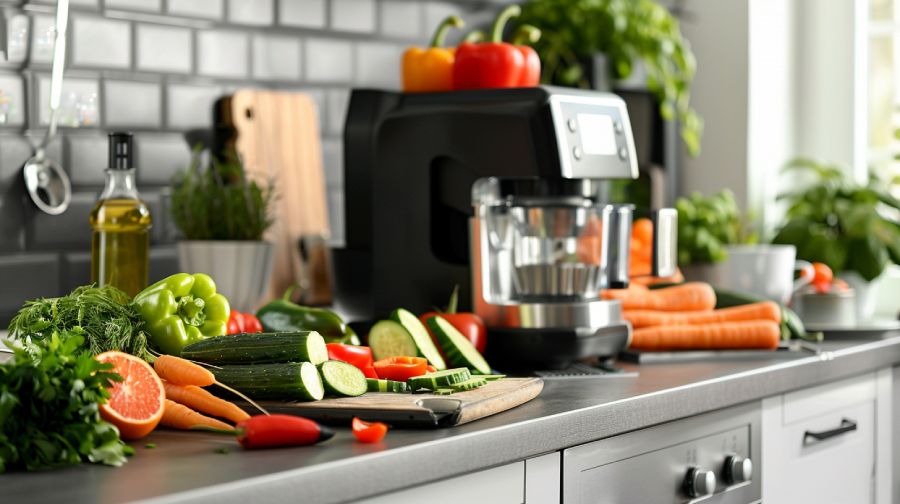
With a food processor, you can chop, dice, puree, and mix all in one device, making it incredibly versatile for countless recipes.
If you often find yourself preparing large quantities of food, a food processor is your best friend. It handles bulk tasks, like making salsa or large salads, with ease. You’ll appreciate how quickly it operates, shredding vegetables in mere seconds compared to tedious manual methods.
Cleaning up is a breeze too, as many food processors come with dishwasher-safe components, allowing you to spend less time scrubbing and more time enjoying your meal.
Plus, the variety of blades and attachments lets you achieve different textures and cuts, far beyond what a mandoline can offer.
Choosing a food processor means embracing convenience and versatility in your kitchen, making it an essential tool for anyone looking to streamline their cooking process.
Key Differences Between Tools
When comparing a mandoline slicer to a food processor, you’ll notice distinct differences in their design and functionality that cater to specific culinary needs.
The mandoline slicer is your go-to tool for precision slicing, delivering uniform cuts with adjustable thickness settings. Its sharp blade allows you to achieve perfect slices of fruits and vegetables quickly, making it ideal for salads or garnishes.
In contrast, a food processor is a multi-functional appliance that can chop, slice, and puree, but it doesn’t match the mandoline’s precision for slicing tasks. Food processors excel in handling larger quantities, making them suitable for bulk preparation, but they can be bulkier and more challenging to store.
Additionally, safety is a key consideration. The sharp blades of a mandoline require careful handling to avoid injuries, while food processors often come equipped with safety features.
Cleaning is another area where they differ; a mandoline slicer typically has a simpler design that makes it quick to clean, while a food processor may involve more parts and assembly for thorough cleaning.
Understanding these key differences can help you decide which tool best fits your kitchen needs.
Choosing the Right Tool
Choosing the right tool for your kitchen can make a significant difference in the efficiency and quality of your food preparation.
When deciding between a mandoline slicer and a food processor, consider the specific tasks you’ll be tackling. If you’re looking for precise, uniform cuts for vegetables and fruits, a mandoline excels with its sharp blade set, perfect for slicing tomatoes or cucumbers quickly.
On the other hand, if you’re frequently preparing larger quantities or complex recipes, a food processor is your best bet. Its versatility allows you to chop, shred, and puree with ease, making it ideal for bulk preparation.
Also, think about the space available in your kitchen. Mandolines are compact and easy to store, while food processors require more counter and storage space due to their size and multiple attachments.
Safety Considerations for Each
Safety is an essential factor to take into account with both mandoline slicers and food processors, as each tool presents unique risks that users must navigate. Here are three critical safety considerations for each:
- Blade Exposure: Mandolines are equipped with extremely sharp blades, making them potentially dangerous if not handled with care. Always use safety accessories like food holders to prevent finger injuries.
- Assembly and Cleaning: Food processors may seem less risky, but their sharp components can pose dangers during assembly, operation, and cleaning. Handle parts carefully to avoid accidents.
- Maintenance: Proper maintenance is key for both tools. Dull or rusty blades can increase the risk of accidents. Regularly check and clean your mandoline and food processor to guarantee safe operation.
While mandolines are generally easier to clean and store, reducing the likelihood of accidental injuries, caution is still required.
Many users express concern over mandoline safety, emphasizing the importance of proper technique.
User Experiences and Feedback
User experiences reveal a clear divide in preferences between mandoline slicers and food processors, highlighting the strengths and weaknesses of each tool in everyday kitchen tasks.
You’ll find that mandoline users rave about the speed and precision of achieving uniform cuts, especially for salads or vegetable gratins. The sharp blade allows for effortless slicing, but this very feature raises safety concerns; many users emphasize the importance of careful handling to avoid accidents.
On the other hand, food processor enthusiasts appreciate the versatility and efficiency of their devices. Many report that these machines dramatically cut down preparation time, making them indispensable for chopping or mixing large quantities of ingredients daily.
However, some users find food processors cumbersome to set up and clean, which can be a drawback when tackling smaller tasks.
Practical Applications in Cooking
When it comes to slicing vegetables efficiently, a mandoline slicer shines with its ability to create perfectly uniform cuts, making your dishes visually appealing.
On the other hand, if you’re preparing large quantities of ingredients, a food processor saves you time by handling chopping and mixing in a matter of seconds.
Each tool has its strengths, and knowing when to use them can elevate your cooking experience.
Slicing Vegetables Efficiently
Slicing vegetables efficiently can transform your cooking experience, allowing you to whip up beautifully presented dishes with ease and speed. Whether you’re prepping for a family dinner or a gathering, the right tool makes all the difference. Here’s what you can achieve:
- Uniformity: A mandoline slicer creates perfectly even slices, enhancing the visual appeal of your salads and gratins.
- Versatility: With interchangeable blades offering thickness options from 1mm to 3mm, you can customize slices for any recipe, ensuring the best flavor and texture.
- Safety and Stability: The anti-skid container base keeps the mandoline steady, letting you slice confidently without worrying about accidents.
While food processors can slice vegetables, they often sacrifice precision for speed, making them less ideal for achieving that professional finish.
If you’re focused on presentation, the mandoline’s efficiency and ease of cleaning make it your go-to choice.
You’ll find that slicing vegetables not only becomes quicker but also elevates your culinary creations, allowing your dishes to shine on the table!
Preparing Large Quantities
Preparing large quantities of ingredients becomes a breeze with a food processor, allowing you to chop, shred, and puree swiftly while saving valuable time in the kitchen. For home cooks tackling bulk meals, a food processor is a game changer. Imagine prepping 200 apples for a pie; using a food processor, you’ll breeze through the process compared to manually slicing each one with a mandoline.
Here’s a quick comparison to help you decide:
| Feature | Food Processor | Mandoline |
|---|---|---|
| Speed | Fast, ideal for large quantities | Slower, best for small batches |
| Versatility | Chops, shreds, purees | Slices only |
| Best Use | Bulk salads, dips, sauces | Individual dishes |
| Ease of Cleaning | Generally easy, often dishwasher safe | More manual effort required |
With its versatility, the food processor handles everything from shredding cheese for a big party to pureeing ingredients for soups. While mandolins shine in precision, food processors make bulk food preparation efficient, ensuring home cooks can enjoy more time savoring their delicious creations rather than spending it all in the kitchen.
Frequently Asked Questions
Is a Mandoline Better Than a Food Processor?
Choosing between tools is like selecting a brush for painting. If you need precise strokes, a mandoline’s your ally. For bulk prep and versatility, a food processor’s your trusty companion. It really depends on your culinary needs.
Can a Food Processor Replace a Mandoline?
A food processor can’t fully replace a mandoline. While it slices, you’ll miss the precision and uniformity. For delicate vegetables and consistent thickness, you’ll find a mandoline’s simplicity and efficiency hard to beat.
Do I Really Need a Mandoline Slicer?
If you love precise slicing and beautiful presentations, a mandoline slicer’s worth considering. It creates uniform cuts that elevate your dishes, but remember, it’s not for chopping or pureeing—evaluate your cooking needs before deciding.
Can a Mandoline Slicer Cut French Fries?
Yes, a mandoline slicer can cut French fries with ease. Its adjustable blades create uniform slices, ensuring each fry cooks evenly. Just remember to handle it safely, as those sharp blades can be risky!
Identifying the Unique Roles of Mandoline Slicers and Food Processors
Just like a well-tuned orchestra, both mandoline slicers and food processors play unique roles in your kitchen symphony.
If you value precision and presentation, a mandoline’s sharp blades can create stunning slices.
However, if you’re after versatility and speed, a food processor is your go-to multitasker.
Ultimately, the right tool depends on your cooking style and needs.
Embrace the one that resonates with you, and elevate your culinary creations to new heights.

